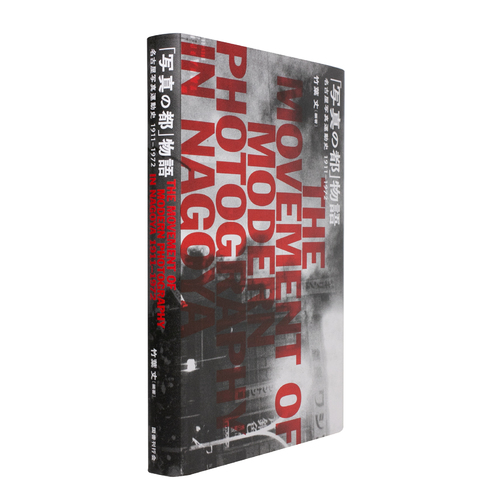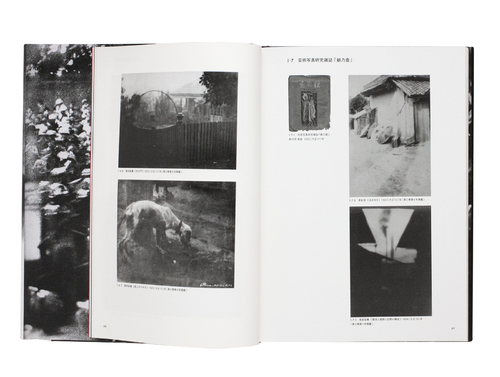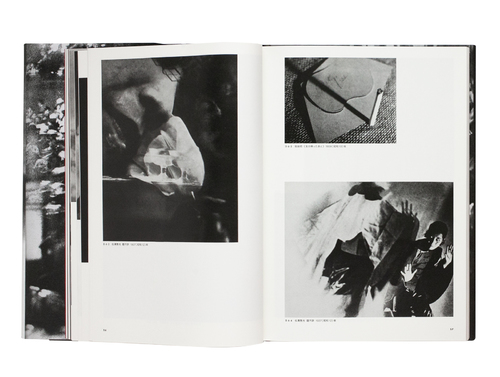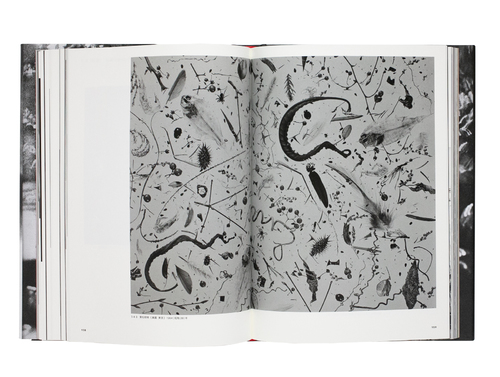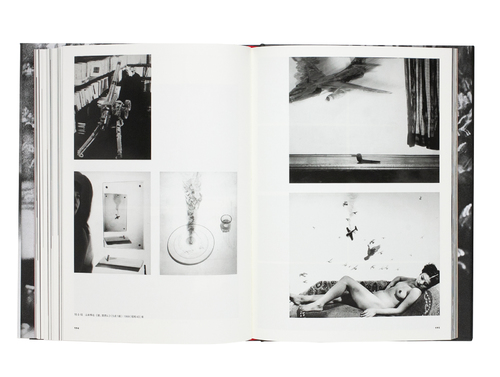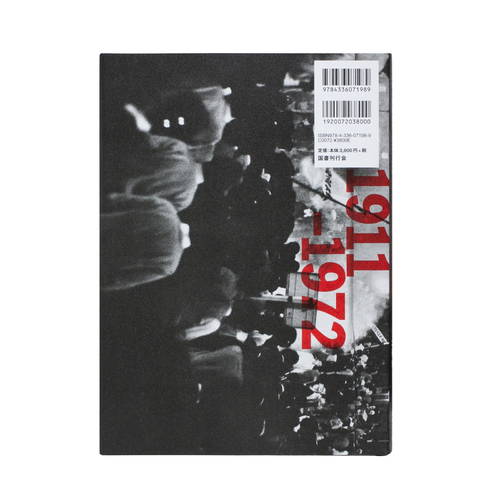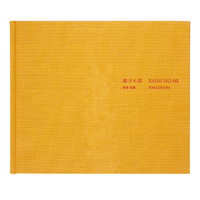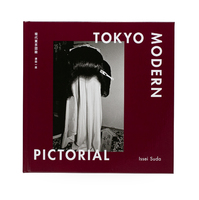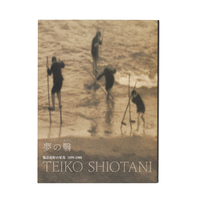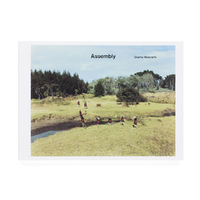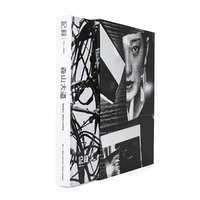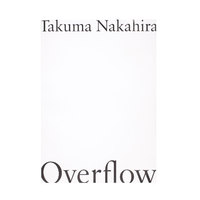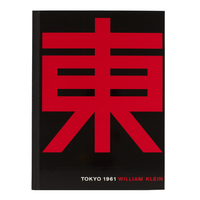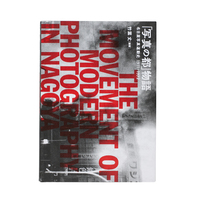The Movement of Modern Photography in Nagoya 1911-1972
Edited by photography historian and Nagoya City Art Museum curator Jo Takeba, this volume provides an extensive overview of pre- and postwar avant-garde photography in Japan with a focus on Nagoya as the “capital of photography.”
The book examines Japanese photography in the context of social and historical changes by taking a closer look at the way photographic expression emerged and developed when several influential artists and thinkers met and formed movements sharing a common purpose and direction. The most notable artist in the book may be Tomei Shomatsu, a Nagoya native who organized a student photography club in Nagoya in the 1950s, helping Nagoya become the center of student photography and of the growing student movement.
Split into six chapters, editor Jo Takeba begins by tracing the early experiments with photographic art by artists like Chotaro Hidaka, Goro Yamamoto and other members of the Aiyu Photography Club, continues with the rise of modern city photography and the evolution of techniques of photographic manipulation, surrealist and abstract streams, objectivity and subjectivity, to close with chapters on realism and the lasting legacy of Shomei Tomatsu and the Chubu Student Photography Association.
While Jo Takeba’s texts provide insightful information and context, “The Movement of Modern Photography in Nagoya 1911-1972” is told primarily through photographs – many of which have never been published in a book before. An invaluable resource for anyone interested in the history and evolution of Japanese photography.
Please note that all texts in the book (including captions and photography data) are only included in Japanese.
- Book Size
- 264 × 190 mm
- Pages
- 291 pages
- Binding
- Hardcover
- Publication Year
- 2020
- Language
- Japanese
- ISBN
- 978-4-336-07198-9

